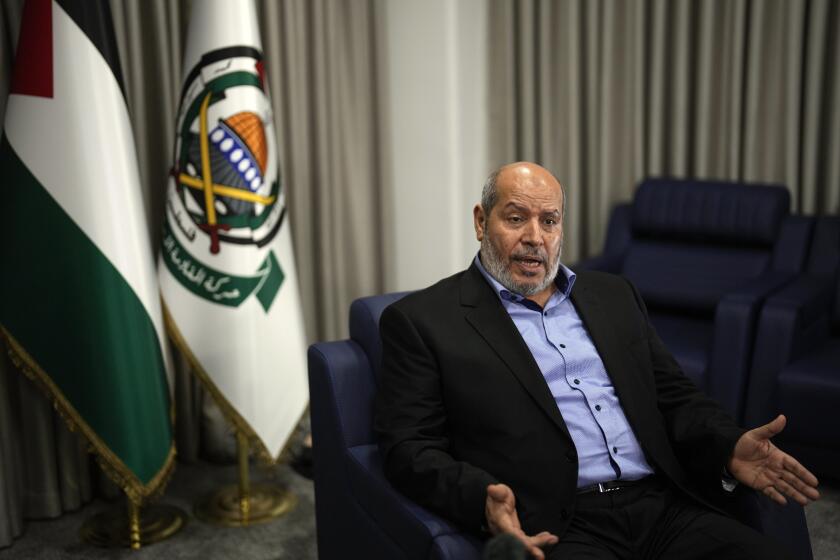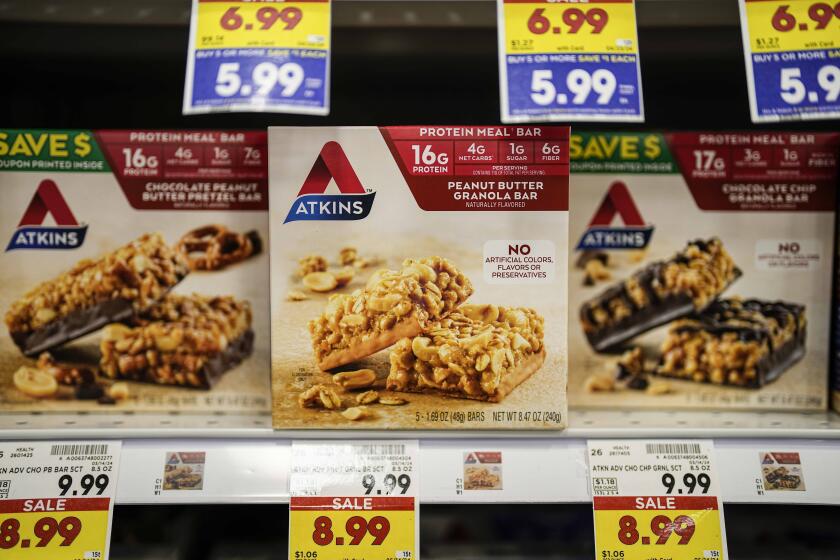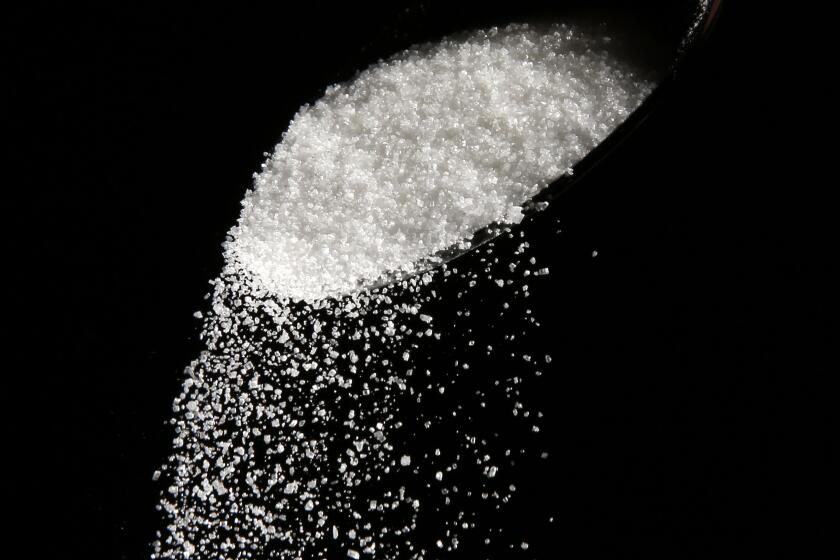Mexico needs comprehensive strategy to fight gasoline theft
The all-out fight against fuel theft being pushed by Mexican President Andres Manuel Lopez Obrador required a comprehensive strategy that also includes marketing the plan and using technology to detect stolen gasoline.
According to experts consulted by EFE, shipping fuel in tanker trucks, an option that has been employed by the Lopez Obrador administration, is not the best long-term alternative.
When the president took office on Dec. 1 he launched a fight against fuel theft, which for years has plagued Mexico’s state-run oil company Petroleos Mexicanos (Pemex), a crime that resulted in $3.4 billion in losses in 2018 alone.
The strategy includes the deployment of thousands of police and troops to increase the surveillance of pipelines.
“(Fuel) theft is being caught red-handed in the pipelines” with monitoring, but “they need to follow and shut down the cycle of illegal gasoline sales and use chemical tracers to know where the stolen fuel is being sold,” Raymundo Sanchez, an expert on hydrocarbon issues with consultants AT Kearney Mexico said in an interview with EFE.
He said that fuel theft is a business “insofar as it can be sold in the formal circuits.”
Regarding the technology being used to “mark” gasoline and prevent its theft, Sanchez said that this is a technique that the Mexican government must employ to be able to know the origin and the destination of gasoline.
In addition, he said that a database must be created in which basic things are explained such as who imported the gasoline, how much was imported and where it was sent.
Regarding the gasoline distribution plan that the government put in place using tanker trucks, he said that it works in an emergency situation but is not sustainable over the long term because it’s costly and accidents can result.
In mid-January and amid the crisis over the shortage of fuel, Lopez Obrador announced the purchase of between 500 and 1,000 new tanker trucks, vehicles that will begin to arrive in Mexico in the coming days.
With the new fleet of vehicles, the president said that this “will increase the capacity for the distribution of fuels” by 25 percent.
“The most secure and economical method for the transport of hydrocarbons continues to be via pipelines,” analyst Khublai Villafuerte, with the Riskop consulting group, told EFE.
He said that currently it is the communities through which the pipelines pass “that are illegally siphoning off gasoline,” completing a vicious circle in which organized crime is also involved.
He said that these communities do not have enough economic activity, leading these people “to get mixed up in this kind of activity” where they are participating in criminal groups.
An example of this occurred on Jan. 18, when a group of residents of the town of Tlahuelilpan, in central Hidalgo state, tapped a gasoline pipeline and started siphoning off fuel.
After about two hours, as people continued to come to the tapped pipeline to collect fuel, a huge explosion occurred, killing about 130 people and injuring dozens more.
Meanwhile, a network of officials in 22 states illegally resold fuel donated by Pemex, the non-governmental organization Mexicans against Corruption and Impunity (MCCI) said on Feb. 5.
An investigation conducted by MCCI and the daily Milenio found that at least nine service stations sold fuel in 2015 that was originally donated by Pemex to the Defense Secretariat and the government of Mexico state, which surrounds the Federal District and forms part of the Mexico City metropolitan area, among other entities.
The information comes from Pemex reports to which MCCI had access and shows that five of the service stations identified in the investigation belong to Grupo Hidrosina Plus, a conglomerate that controls 24 corporations and whose shareholders include brothers William, Gabriel and Paul Karam Kaasab.



